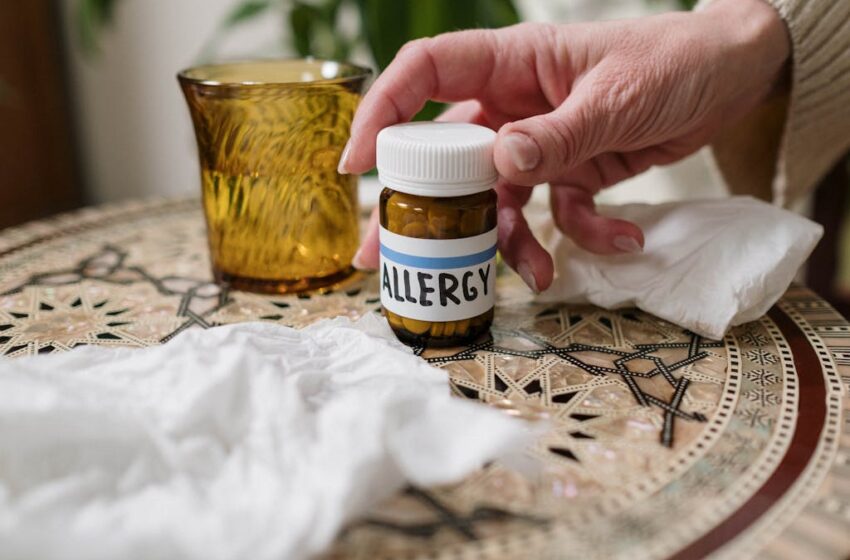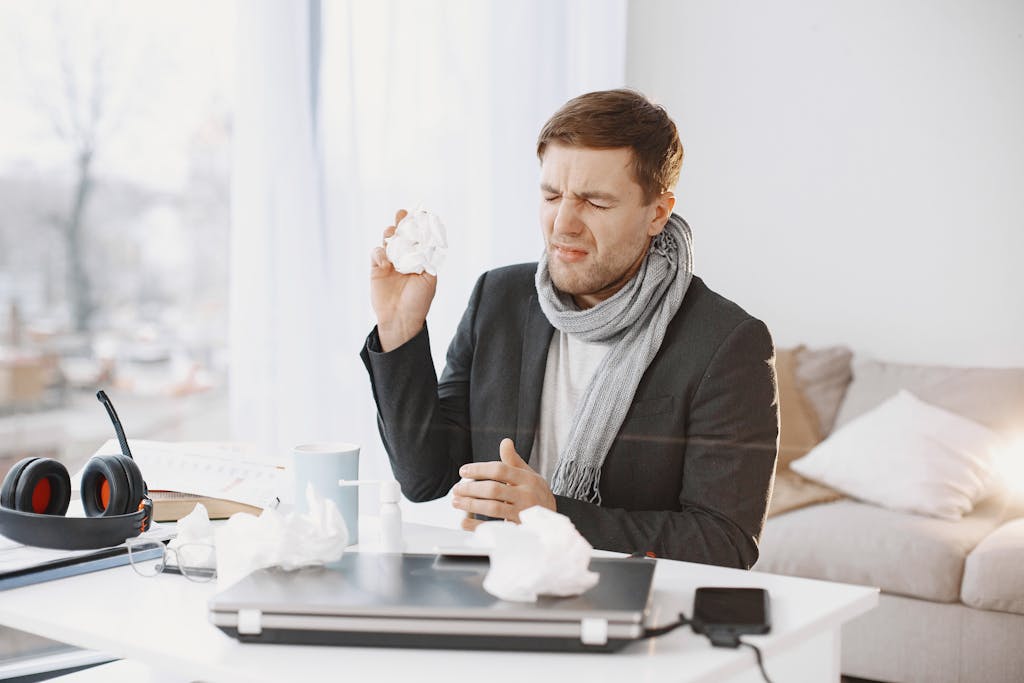Common Allergy Triggers and How to Avoid Them

Allergies affect millions of people worldwide and can cause uncomfortable symptoms such as sneezing, itching, and congestion. These allergic reactions occur when the body’s immune system overreacts to certain substances, known as allergens. Understanding common allergy triggers and how to avoid them can help manage symptoms and prevent flare-ups. Here are some common allergy triggers and ways to avoid them.
Pollen
Pollen from trees, grasses, and flowers is a common trigger for seasonal allergies. During pollen season, usually in spring and fall, airborne pollen can cause sneezing, runny nose, and itchy eyes. To avoid pollen, stay indoors during high pollen times, usually early morning and late afternoon. Keeping windows closed, using air purifiers, and showering after spending time outdoors can help reduce exposure.
Dust Mites
Dust mites are tiny creatures that live in household dust and thrive in warm, humid environments. They are a common cause of indoor allergies. To reduce dust mite exposure, wash bedding regularly in hot water, use dust mite-proof covers on pillows and mattresses, and vacuum frequently using a vacuum with a HEPA filter. Maintaining low humidity in the home can also help limit dust mites.
Pet Dander
Pet dander, the tiny flakes of skin shed by cats, dogs, and other pets, is another common allergen. People allergic to pet dander often experience symptoms like sneezing and watery eyes. To avoid pet dander, try to keep pets out of bedrooms and other areas where you spend a lot of time. Regularly bathe and groom pets, and use air purifiers in areas where pets are present.
Mold
Wet spaces like kitchens, basements, and bathrooms can harbor mold. Mold spores have the ability to spread through the air and cause allergic reactions. To reduce mold exposure, keep indoor humidity levels low, clean and dry areas prone to moisture, and fix any leaks. Consider using a dehumidifier and regularly check areas like bathrooms for mold growth.
Food Allergens
Dairy products, eggs, shellfish, and peanuts are common dietary allergies. From little itching to serious reactions like anaphylaxis, symptoms can vary widely. The best way to avoid food allergies is to carefully read food labels and avoid known allergens. If you are allergic to certain foods, it’s important to inform friends, family, and restaurants about your allergy to prevent accidental exposure.
Insect Stings and Bites
Insect stings from bees, wasps, and hornets can cause allergic reactions in some people. For those with insect allergies, avoiding areas with high insect activity, wearing protective clothing, and using insect repellents can help reduce the risk. If stung, removing the stinger quickly and applying an antihistamine can help reduce the reaction.
By understanding and avoiding common allergy triggers, individuals can minimize their exposure to allergens and reduce the likelihood of allergic reactions. If you experience severe or persistent allergy symptoms, consulting with a healthcare professional is always a good idea.


